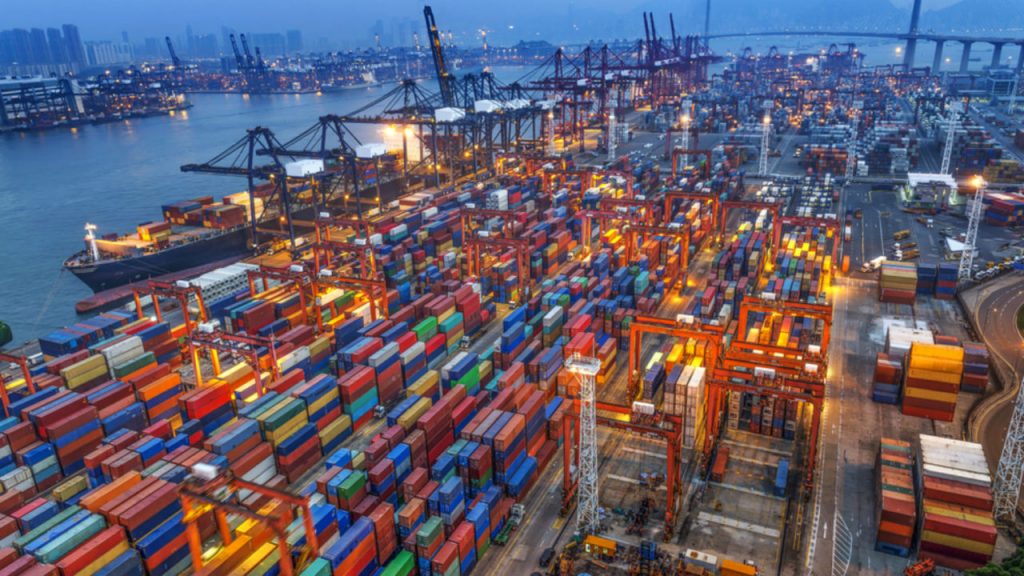Relevant for General Studies Paper 2 & 3
In theory, it would be cost-effective for MSMEs to use e-platforms and their logistical facilities to sell their products in wider geographical areas.

- India has released its draft e-commerce policy for stakeholders’ comments two months after tweaking its foreign direct investment (FDI) rules on e-commerce. Also, the draft policy e-commerce was released about a month after the World Economic Forum’s Davos gathering, where 76 countries—including China, the US, and of the European Union—agreed to negotiate international rules on e-commerce at the World Trade Organization (WTO). India, too, should join the talks and align its domestic policy with the contours of an international agreement in line with our vision of becoming a $10 trillion economy.
- The demand for a national e-commerce policy was triggered, inter alia, by two factors: big multinationals like Amazon.com Inc. and Walmart Inc. entering the online retail market with small retailers howling, and second, the call for multilateral rules on cross-border e-commerce. We are confused, but yet must analyse the draft e-commerce policy from at least the perspective of these international negotiations.
- It must be noted that China, which has a very strict “data localization” policy—a step that India seems to be imitating—joined the proponents of international negotiations despite simultaneously calling for “global data governance” at the 2019 WEF meet, hinting at a freer flow of cross-border data. For an answer to why China has joined these proponents, one needs to draw insights from its approach to e-commerce.
- The possible reasons for China joining the WTO negotiations, despite a strong undercurrent for the freer flow of data among proponents, are many. First, China seems to be confident that a set of global rules will be conducive for its domestic suppliers to gain from cross-border e-commerce. It has already shown the world its competitiveness in manufacturing.
- The powers in India, on the other hand, don’t seem to be confident and have hence adopted a guarded stance in the country’s draft e-commerce policy. Not only that, India appears reluctant to join the international negotiations.
- Secondly, China is home to a globally competitive e-commerce platform in the form of Alibaba Group Holding Ltd, where India lags. According to its domestic e-commerce policy, India is endeavouring to give an advantage to domestic platforms, but without distinguishing between small and big domestic firms. This domestic flavour, pushed by vested interests, can clearly be gauged by the way the draft policy has made sovereignty over Indian data its central issue. Further, the draft e-commerce policy doesn’t disallow large domestic firms from adopting an inventory-based model for e-platforms, which is out of bounds to foreign platforms.
- Perhaps India envisions the creation of its own Alibaba through this policy. This will throttle economic democracy, just as we are seeing in the mobile telephony sector. In the ultimate analysis, both the Indian economy and the consumer will suffer.
- Thirdly, through e-commerce, China may have seen a silver lining in the much-needed revival of the WTO, considering the US interest in global e-commerce rules. In a role reversal, China and India have been advocating globalism for some time, while the US has adopted a relatively protectionist approach to trade.
- Here, it is important to understand that one of the key underlying narratives of having WTO rules on e-commerce is that it would help micro, small and medium enterprises (MSMEs, or small businesses) in enhancing their opportunities to do cross-border trade. In theory, it would be cost-effective for small businesses to use e-platforms and their logistical facilities to sell their products in wider geographical areas. The vision of the draft e-commerce policy of India includes “providing a level-playing field to all stakeholders, including the individual consumers and MSMEs and start-ups”.
- MSMEs, considered engine for “inclusive” growth, not only provide large employment opportunities, but also make a significant contribution to exports; on a per capita basis, it is more than that of large enterprises.
- In countries like India, however, several things would have to be done on many fronts to achieve the vision of enhancing cross-border e-commerce opportunities for small enterprises. Among others, it will depend on favourable rules at the international and national levels, including an appropriate model for e-commerce platforms. It is widely believed that a non-discriminatory market-place model, as against an inventory-model, is more favourable to small businesses—be they vendors or manufacturers. Therefore, the draft policy, by not mandating that domestic firms adhere to a market-place model, could go against the interests of small businesses, and hence, should be amended.
- To push the interests of its small businesses at the multilateral level, it will be good for India to join the international negotiations and participate actively. This does not necessarily mean that India should agree to all the terms and conditions proposed.
- During the WTO’s Uruguay Round, we did not participate in discussions on the Agreement on Trade-Related Aspects of Intellectual Property Rights (TRIPS) and ended up with an adverse text which we have to live with. At that time, Brazil was our comrade in arms, because China was not a member of the General Agreement on Tariffs and Trade (GATT). Today, China and India agree on several WTO issues and hence should join hands at the negotiating table and may even consider balancing their stand on data for gains on rules that could aid the growth and development of their small businesses.


One comment